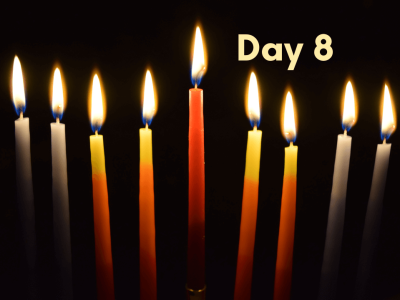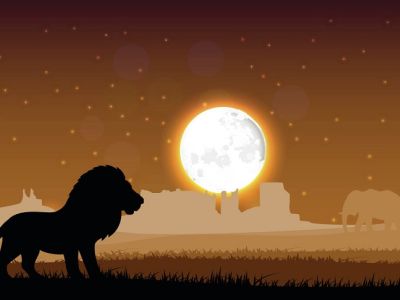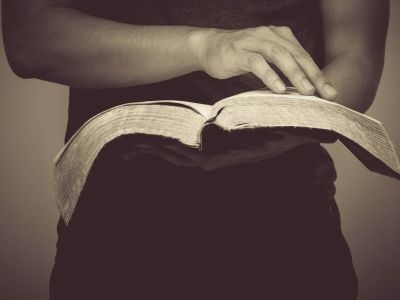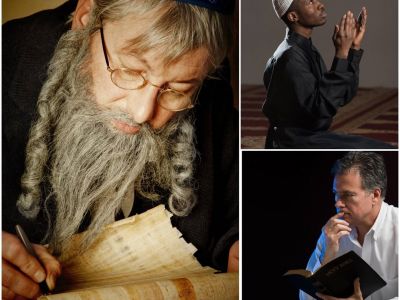The Feast of Tabernacles Part 1
The Feast of Tabernacles Part 1
The Feast of Sukkot, better known as the Feast of Tabernacles. What is it? Where did it come from? And how does it apply to us today as believers in Jesus/Yeshua? This eight-day holiday is many people’s favorite. It’s a time of celebration, remembrance, feasting, and extended fellowship. Where traditional, modern-day Christians get excited about celebrating a single holiday or two during the year, early believers were accustomed to celebrating seven holidays consisting of almost twenty days of unparalleled joy, feasting, remembrance, and reflection toward the King of kings and Lord of lords. In this quick article, I would like to break a few things down for you about this most celebrated feast day, things I hope will not only bring the holiday to life for you but will also give you a tangible sense of its prophetic power and how it points to the Second Coming of the Messiah.
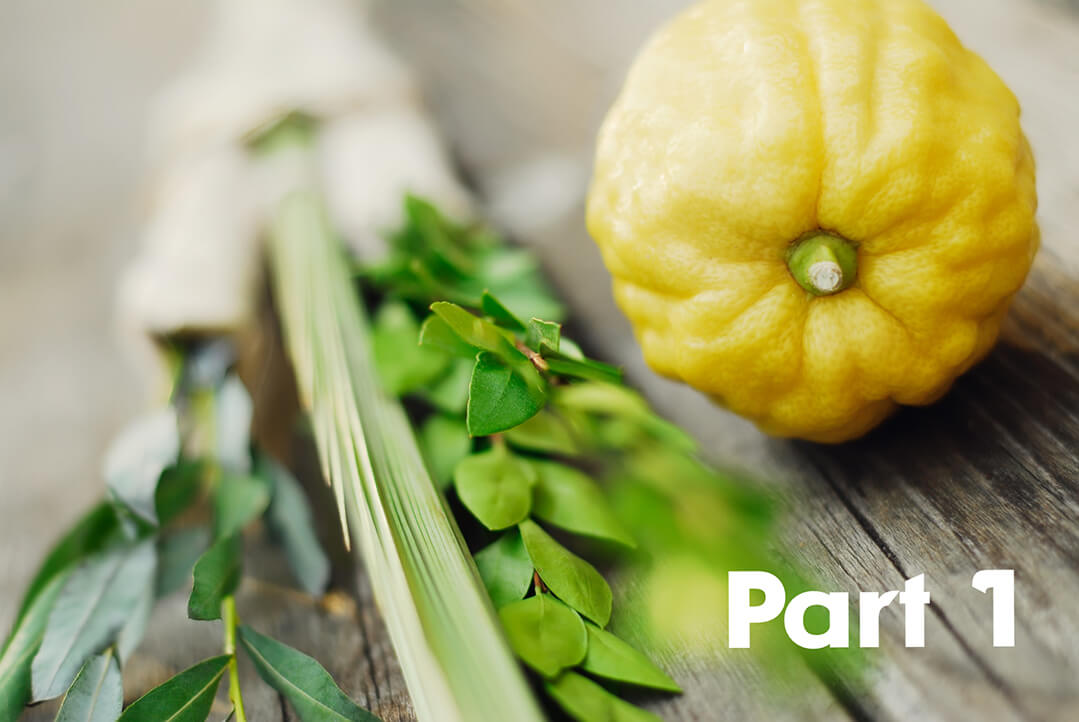
First things first, though. For those of you not familiar with the Feast Days of the LORD, let me give you just a bit of background. The seven holidays are broken down into two categories. The first four are categorized into the spring feast days and the last three are the fall feast days. Each is about Jesus/Yeshua and they forecast both His First and Second Coming. While it has been largely taught that the Messiah could come at any minute, it’s simply not true. And the idea comes from a simple lack of understanding of the prophetic calendar that is built into the scriptures through these feast days. Yeshua fulfilled the Spring Feast Days in His First Coming by dying on Passover, being placed into the grave during Unleavened Bread when every Jew was removing leaven (sin) from his house, and rising on Yom Bikkurim (First Fruits) just as the high priest was waving the First Fruits of the barley harvest asking for a great harvest in the fall. And then the Holy Spirit came down on the disciples on Shavuot (Pentecost) fifty days later.
This leaves His Second Coming to be fulfilled in the remaining three feasts which start with Rosh Hashanah (Yom Teruah). This is the Hebrew New Year for the civil calendar and is the time when kings of Israel are crowned. It’s the time of the blowing of the trumpets and is the time He is prophesied to come back for His Bride. We won’t know the day or the hour but we will know the season. Many have said that there is no way we can know when He’s coming back because 1 Thessalonians 5:2 says that He “will come like a thief in the night.” And this is definitely true if you’re walking in darkness. But if you’re familiar with the Truth (defined as Light in the scriptures), you won’t be surprised at all. As a matter of fact, you’ll see it coming. 1 Thessalonians 5:4-5 says: “But you are not in darkness, brothers, for that day to surprise you like a thief. For you are all children of light, children of the day. We are not of the night or of the darkness.”
Once He comes riding on the clouds and the dead in Christ are raised at the sound of the Yom Teruah trumpets, the wrath of God is poured out on the earth over the next ten days (The Ten Days of Awe) with His Bride at His side. That brings us to the most solemn day of the year: Yom Kippur, the Day of Atonement…Judgment Day. This is the day that the High Priest went into the Holy of Holies to atone for the sins of Israel. It has been practiced for thousands of years as a prophetic foreshadowing of the final Yom Kippur where Messiah Yeshua will bring final atonement and redemption to His people, forever crushing sin and man’s rebellion against His heavenly kingdom. Five days later, once the enemies of God are defeated, the most exciting holiday of the year comes Sukkot, the one that’s connected to the ancient Hebrew wedding where the husband takes his bride into his chambers for seven days. When they came out, a great feast was held in celebration of the new couple. This entire feast is connected to the Marriage Supper of the Lamb, where Yeshua takes His Bride into His chambers and the Marriage Feast begins.
The origin of this biblical holiday is in the book of Leviticus, chapter 23:33-44. God tells Moses that this holiday starts on the fifteenth day of the seventh month (Tishrei) and lasts for seven days (until the twenty-first of the month). The first day and the eighth day are to be a Sabbath before the Lord, a holy convocation and gathering of His people together for corporate prayer and worship. They are to dwell in booths called sukkahs for seven days to remember that their ancestors dwelled in temporary shelters when they were freed from Egypt. On the first day, they were to take “…the fruit of splendid trees, branches of palm trees and boughs of leafy trees and willows of the brook” (Leviticus 23:40-41) and they were to rejoice before the Lord. Today, this branch/fruit combination is called the lulav and etrog. God’s people would take the lulav in one hand and the etrog fruit in the other and would dance with and wave them in all four directions of the compass. Prophetically, this was a connection to the Father redeeming His people from all four corners of the earth and bringing them back to the Land the way He promised He would.
The Prophetic Connection
Prophetically, the entire bible revolves around the number seven with the seventh day (our Saturday) being the day He rested. Biblically, each day is represented as a thousand years, connecting the six days of creation to the six thousand years of man’s history before the seventh day of Sabbath rest. At that time the Messiah comes back and rules and reigns with His Bride from Jerusalem for the last thousand years. After the thousand-year Millennial reign, the bible tells us that a new heaven and a new earth will be created. All of this is also connected to the seven Feast Days of Yahweh, and the seventh feast, Sukkot, is connected to the Millennial reign of the Messiah with His Bride.
What’s interesting is that although the bible calls Sukkot a seven-day feast, it’s really an eight-day celebration. The scriptures tell us that on the eighth day there is to be a “holy convocation, a Sabbath rest” for the entire congregation. This eighth day is highly prophetic. The fact that both the first and the eighth days are Sabbaths tells us that they’re connected. And look at what happens on the first day. The people are to gather the fruit and branches of beautiful trees together. This is connected to the first day when God created the heavens and the earth and man was placed in the Garden of Eden. For the next seven days, the Israelites were to dwell in tents. On the eighth day, they were to break camp and have a holy convocation. In the same way, we humans, who once enjoyed the fruit of the Garden, are now living in temporary dwelling places on this earth because of the sin of Adam. We will do this for a total of seven “days” until we “break camp” at the end of the Millennial reign and are taken to our new home for all of eternity. This is the meaning of the “Eighth Great Day.” Prophetically, it is connected to the eighth day of creation, where there is a new heaven and a new earth. Sukkot is the seventh feast and occurred in the seventh month during the seventh full moon of the year. There are no coincidences in scripture. It’s all a picture of the coming Messiah.
It’s also amazing to me that the second Temple, the glorious Temple that Solomon made, was finished and blessed during the Feast of Tabernacles.
2 Chronicles 5:1,3 …Thus all the work that Solomon made for the house of the LORD was finished…Therefore all the men of Israel assembled themselves unto the king in the feast which was in the seventh month.
It goes on to say that during this most glorious dedication of the Temple where the Levitical worship team was leading the entire congregation in praise and thanksgiving, the glory of Yahweh came down and filled the Temple in such a fashion that the priests couldn’t continue ministering because the cloud was so thick! Do we think that’s just a coincidence? This event is directly connected to the third prophetic temple, the body of the believer, that will someday not just have a semblance of His presence but that He will fill with the FULLNESS of His glory to the point that there’s nothing else to be seen but Him! The Feast of Tabernacles is all about the dedication of the final Temple into its incorruptible and glorious state!
2 Corinthians 5:1 For we know that if our earthly house of this tabernacle were dissolved, we have a building of God, a house not made with hands, eternal in the heavens.
Revelation 21:3 And I heard a great voice out of heaven saying, Behold, the tabernacle of God is with men, and He will dwell with them, and they shall be His people, and God Himself shall be with them, and be their God.
Sukkot is all about remembering the fact that we are not living in our permanent homes and temples. It’s a celebration of epic proportions as the end times harvest festival where God’s people went “camping” for a week as a tangible reminder of all that God had done and all that they have to look forward to when He comes back.
Today, there is a massive movement within Christianity for believers to get back to the Hebraic roots of their faith by learning how to do bible things in bible ways, thus deepening their biblical understanding of their Savior. Tens of thousands of Christians around the globe gather each year by families, congregations, and even in the masses to celebrate this most amazing week-long feast as a rehearsal of sorts for when He finally returns for His Bride. The entire week is filled with worship, bible study, crafts for the kids…getting back to the basics of life and away from the day-to-day grind of work.
Why is it a rehearsal? Because when the Messiah comes back, every believer around the world will be required to celebrate it by coming up to Jerusalem. Zechariah chapter 14 talks about the coming Day of the LORD and what the Millennium will look like. In verse 16 it says: “And it shall come to pass that everyone who is left of all the nations which came against Jerusalem shall go up from year to year to worship the King, the LORD of hosts, and to keep the Feast of Tabernacles.”
It goes on to say that the rain will be cut off from the areas of those who do not come up. What a glorious time that will be, my friends! When believers from all over the world gather together around the King of kings to worship, celebrate, and feast in His presence. What an amazing opportunity we now have to gain just a taste of such an event as we honor our King through these prophetic Feasts of the LORD.
In part 2 of this series, we will be talking about how the Feast of Tabernacles is actually connected to the birth of the Messiah!
Shalom,
Jim Staley





